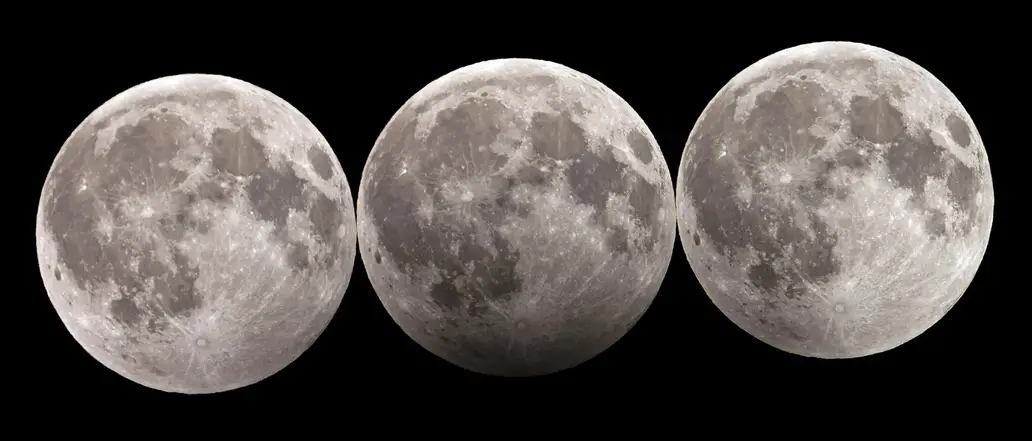An Astronomical Marvel: Today's Lunar Eclipse Will Be Subtly Spectacular

Penumbral lunar eclipses, like the one that will occur on May 5, 2023, slightly darken the Moon as the Earth gets between the Sun and the Moon and casts part of its shadow on the Moon. The eclipse will be visible in Africa, Asia, Australia and large portions of Europe, though not in the U.S. this time around. Unlike a “blood moon”, which turns red, the Moon will dim slightly as it passes through a lighter part of the Earth’s shadow, called the penumbra.
As the director of the Abrams Planetarium at Michigan State University, part of my job is to get people outside and looking up, and eclipses are some of the easiest to see. The upcoming event may not be the most stunning celestial display, but it is just the first of a number of eclipses occurring over the next year, all working in similar ways. The Moon passes through the Earth’s shadow during a lunar eclipse, which can happen when the Moon is directly on the opposite side of the Earth from the Sun, during full moons.
However, since the Moon’s orbit is tilted by about 5 degrees relative to Earth’s orbit of the Sun, most of the time a full moon ends up above or below the shadow cast by the Earth. But twice in each monthlong lunar orbit, the Moon crosses through the same horizontal plane as the Earth and the Sun. If this happens during a full moon, the Sun, Earth and Moon will form a straight line and the Moon will pass through the Earth’s shadow, resulting in a lunar eclipse.
The Earth casts a shadow behind itself, but the darkness of shadows are not always uniform, and Earth’s shadow is no exception. Light coming from a wide light source, such as the Sun, does not all come from the same place, meaning that Earth might not block all of the Sun’s light from one location. This results in parts of Earth’s shadow that are darker in some areas than others. A total lunar eclipse is when the Moon passes entirely through the darkest part, or umbra, of the Earth’s shadow. A partial lunar eclipse is when the umbra partially covers the Moon. The eclipse on May 5, 2023, will feature only the lighter part of the shadow covering the Moon, making it a penumbral lunar eclipse.
The May 5 penumbral eclipse will be visible for most of Africa, Asia, Europe and Australia, as long as you are on the night side of the Earth when the eclipse occurs. Lunar eclipses are short, lasting only a few hours from start to finish. For those in North and South America missing this event, there will be plenty more in the next few years, including a penumbral eclipse on March 25, 2024, followed by a partial lunar eclipse on Sep. 18, 2024. Those hoping to catch the next total lunar eclipse will have to wait until March 14, 2025.
Written by Shannon Schmoll, Director of the Abrams Planetarium, Michigan State University. This article was first published in The Conversation.




